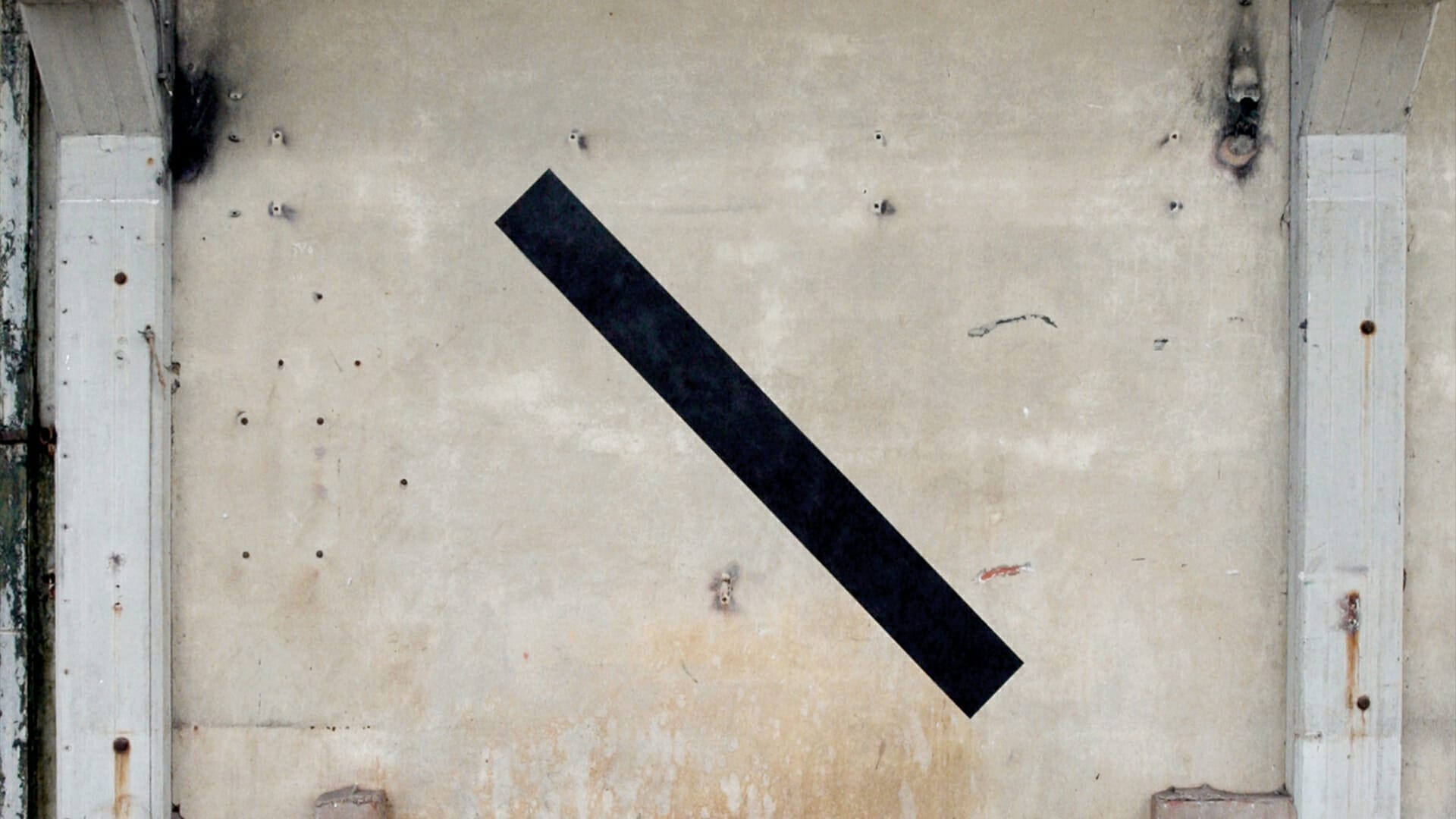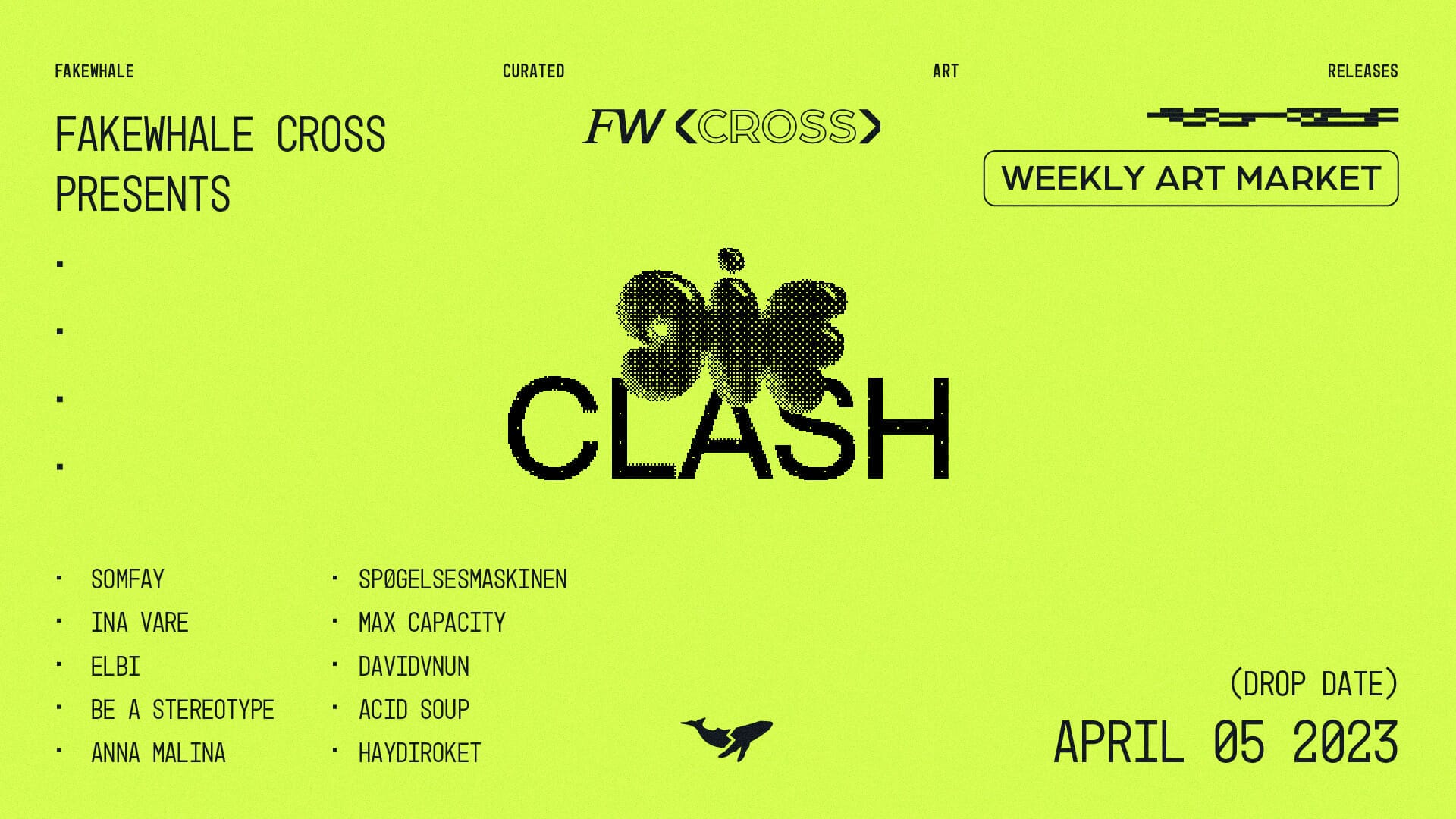
In conversation with Mit Borrás
In this FW interview, Jesse Draxler and Mit Borrás engage in a conversation exploring the overlap between the spiritual realm and artistic expression, the significance of the future, and the attribution of human qualities to artificial intelligence (AI). The discussion, though based on Borrás’ work, is a mirror to broader societal conversations and culture.
About Mit Borrás
Mit Borrás is a Madrid and Berlin-based visual artist who examines the interplay between humanity, nature, and technology, creating intricate portrayals of post-human consciousness, deeply rooted in transhumanist philosophy. Through this transhumanist lens, his art explores themes including the purpose of evolution, ideas of death, and eternal life, while maintaining an augmented state of awareness — essayistic portraits, that encompass video-based works, digital art, performances, and multi-dimensional installations.
Discover the Full Fakewhale Curation Here
Key Discussion Points:
Introduction to Mit Borrás Artistic Practice: with a focus on the relationship between human nature and technology, the idea of death and eternal life, and the philosophical concept of adaptation as a method for surpassing categorical limits of existence — Borrás explains that his work is an exploration of the spirit of our time and what defines us as artists.
Adaptability & Future’s Ineffability: Borrás talks about how his work is influenced by the concept of adaptation. He explains that adaptation is the key word that defines what we imagine the future to be, whether it’s in the realm of technology, botanics, or biology. To this regard, a portion of the interview also touches on the idea that the future never turns out the way we think it will, as seen in sci-fi literature and the changing aesthetics of what the future looks like throughout time.
Artificial intelligence (AI) & the human tendency to project human attributes onto AI: Borrás expresses the view that AI is still just a tool and that people’s belief in its potential consciousness is baseless. They argue that this fascination with attributing human qualities to AI is reflective of human desires for immortality and fear of our own imperfections. The discussion also touches on the concept of the Uncanny Valley, which refers to the discomfort we feel when encountering something that resembles us but falls short.
Shamanic Influence and the Artistic Practice: Borrás discusses the profound influence of Shamanism on his work, drawing parallels between the roles of a shaman and an artist. He shares personal experiences and reflections on the concepts of death, spiritual ceremonies, and their significance in his artistic process.
The Spiritual Dimension in Art: Borrás and Draxler venture into the spiritual aspect of art, highlighting the limitations of language in expressing the spiritual realm. The conversation brings forth a comparison between Borrás’s work and Alejandro Jodorowsky’s, emphasizing the importance of experiencing the art to truly understand its depth.
Aesthetic Choices & Digital Installations: Borrás dives into the process of creating, aesthetic choices and in particular, into his digital art installations, underlining the vital role of the physical exhibition space. In this part of the interview he talks about his aim to provide an immersive experience to the audience through a delicate blend of light, soft materials, sounds, and pleasant aromas in his installations. Borrás emphasizes the balance between the natural and organic elements and the artificial digital space, creating a sense of both comfort and unease.
The Dark Side of Wellness Culture: from talking about aesthetic choices, the artists then delve into society’s obsession with beauty standards and the consequential darkness it casts. They further explore the concept of ‘too much light,’ where the pursuit of illumination leads to overwhelm and desolation, but also about “liquid society”.
Technology and Sustainability: Borrás spotlights the hazardous trajectory of technology without sustainability, drawing parallels with fallen civilizations of the past. He emphasizes that throughout history, empires have disappeared at their peak due to their obsession with technological progress and disregard for sustainability.
The Attraction to Chaos and Destruction: in this part of the interview, Mit Borrás and Jesse Draxler discuss the theme of chaos and destruction in their work. Borrás talks about experiencing the “call of the void” or “L’appel du vide,” a feeling of wanting to jump off the edge of a building or bridge, not because of a desire to die, but because of the attraction to the unknown and chaos.
Upcoming Projects & Exhibitions: towards the end of the interview, Mit Borrás discusses his upcoming projects and exhibitions. He mentions that he is currently working on a new film featuring an Android as the main character, and also mentions a solo show coming up in November 2023. While he has other projects in the works, he prefers not to disclose them at the moment and invites people to follow him on Instagram and his website for updates on his current projects.
Mentioned Topics in the Interview worth Exploring:
“Misophonia” : a 200-page masterwork collection by Jesse Draxler.
“The Social Dilemma”: documentary focused on tech & sustainability.
“Hackers”: movie that influenced the aesthetics of the early Internet.
“A Short History of Progress”: book exploring technological progress & sustainability.
Click here to go back to Jesse’s ROOM and discover the next interview
Jesse Draxler
Jesse Draxler is an LA-based artist working in mixed media and digital formats to create deconstructed, distorted images.
You may also like
ART MARKET June 2024: Highlights & Staff Picks
June is closing, and we’re wrapping up with a quick recap of this month’s stats from Fakewhale G

In conversation with Erris Huigens
During this episode of Fakewhale Live, host Jesse Draxler chats with Dutch artist Erris Huigens. Err
GIF CLASH | FW CROSS
A GIF-Centric Release: Fakewhale Cross presents GIF CLASH On Wednesday, April 5th, Fakewhale Cross p



